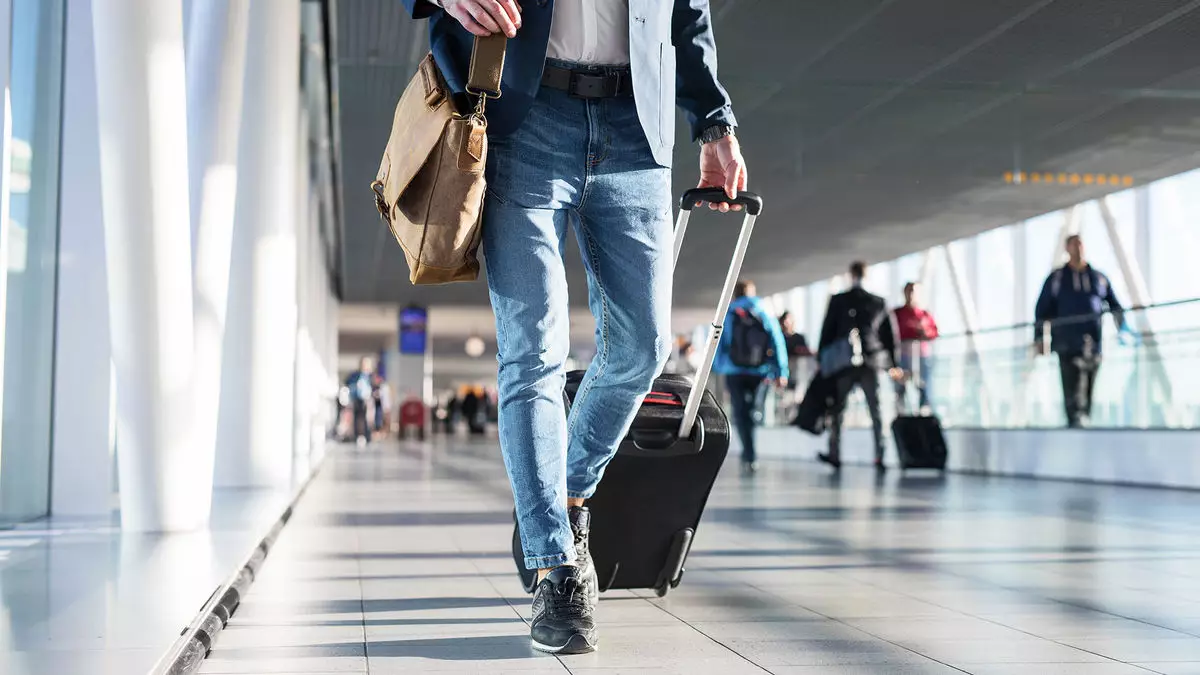The travel industry in the United States is currently facing a significant downturn, a trend that raises alarms for stakeholders across sectors. The U.S. Travel Association has outlined critical issues contributing to this shift, notably the sluggishness in both domestic and international travel, primarily driven by economic factors and a deteriorating perception of safety. With advanced bookings between the U.S. and Canada — historically the largest source market for inbound travel — reportedly down over 70% for the summer season, it’s clear that the „strong dollar“ argument is only scratching the surface of a multifaceted crisis.
Economic Influences on Travel Trends
A strong U.S. dollar, while beneficial for American travelers abroad, essentially makes the country less attractive for foreign visitors. When combined with increasing visa wait times and widespread economic uncertainty, the result is a disquieting forecast for the industry. Tourism Economics has revised its prediction for inbound travel significantly for 2025, citing a possible decline of 5.1%, a stark contrast to its prior optimistic outlook of growth. This downward trajectory could lead to a staggering drop in spending by inbound travelers, estimated at $22 billion annually, painting a bleak picture for businesses reliant on tourism.
The Impact of Trade and Economic Policy
It’s crucial to understand the connection between global trade policies and travel demand. Amid escalating trade tensions, various economic indicators are creating a ripple effect that extends beyond mere tourism statistics. This situation is compounded by questions surrounding the U.S.’s position on the world stage — whether the nation is viewed as welcoming or restrictive to potential visitors. As industry players grapple with these challenges, robust collaboration between the travel sector and policymakers is essential to both mitigate risks and formulate long-term solutions that prioritize economic growth.
Perception and Safety Concerns
Recent discussions have highlighted growing safety concerns among travelers, which may further deter international arrivals. The U.S. Travel Association has noted that this perception can serve as a critical barrier to tourism recovery. The sentiment among potential visitors that the United States might not be a safe destination cannot be overlooked. It reflects deeper social and political issues that merit comprehensive responses from both the government and industry leaders.
The Path Forward: Collaboration and Commitment
The U.S. Travel Association has emphasized the urgent need for decisive actions to tackle these challenges head-on. They are advocating for an active dialog with policymakers to harness tourism’s potential to inject substantial sums into the economy — $1.3 trillion in 2024 alone, along with supporting millions of jobs. There’s a clear message here: by strengthening collaborative efforts with legislators, the travel sector can solidify its role as a vital pillar of the U.S. economy and work toward restoring its global competitiveness.
In an era where global travel dynamics are continuously evolving, embracing open conversations and innovative approaches to policy-making will be critical. If the travel sector can effectively convey its value and adapt to current challenges, it holds the potential to rebound, transforming adversity into opportunity for rejuvenation.


Napsat komentář